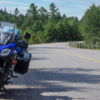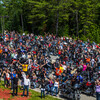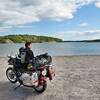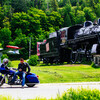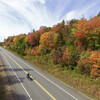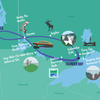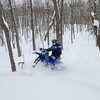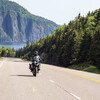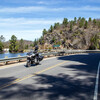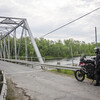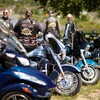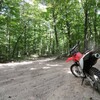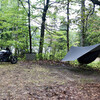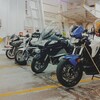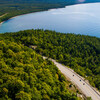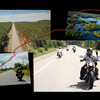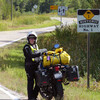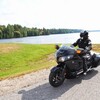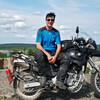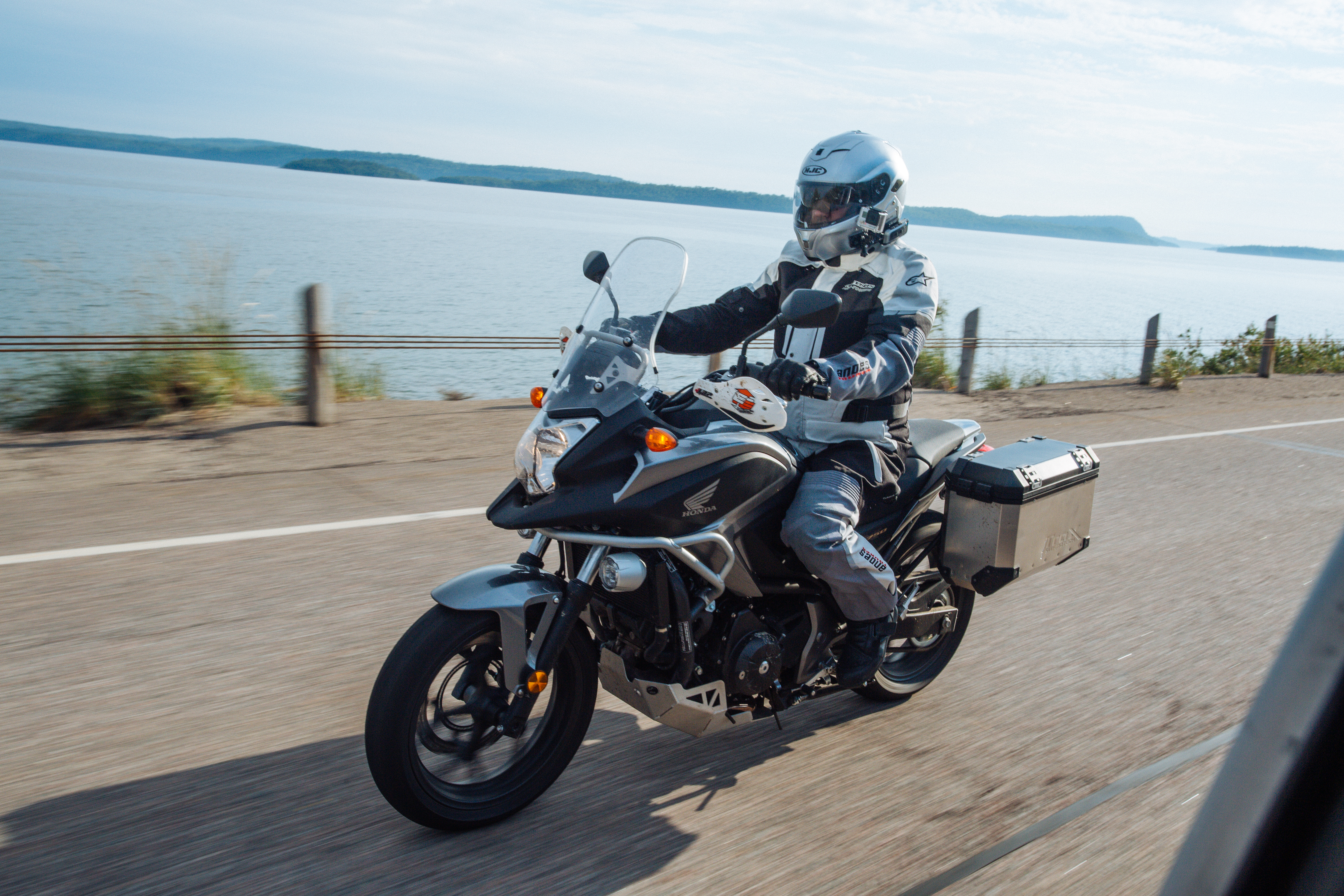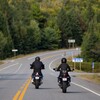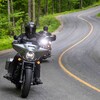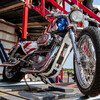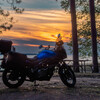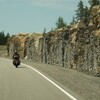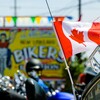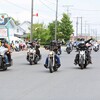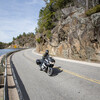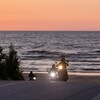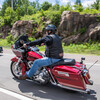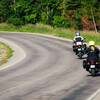
How to Plan for a Successful Multi-Day Group Ride
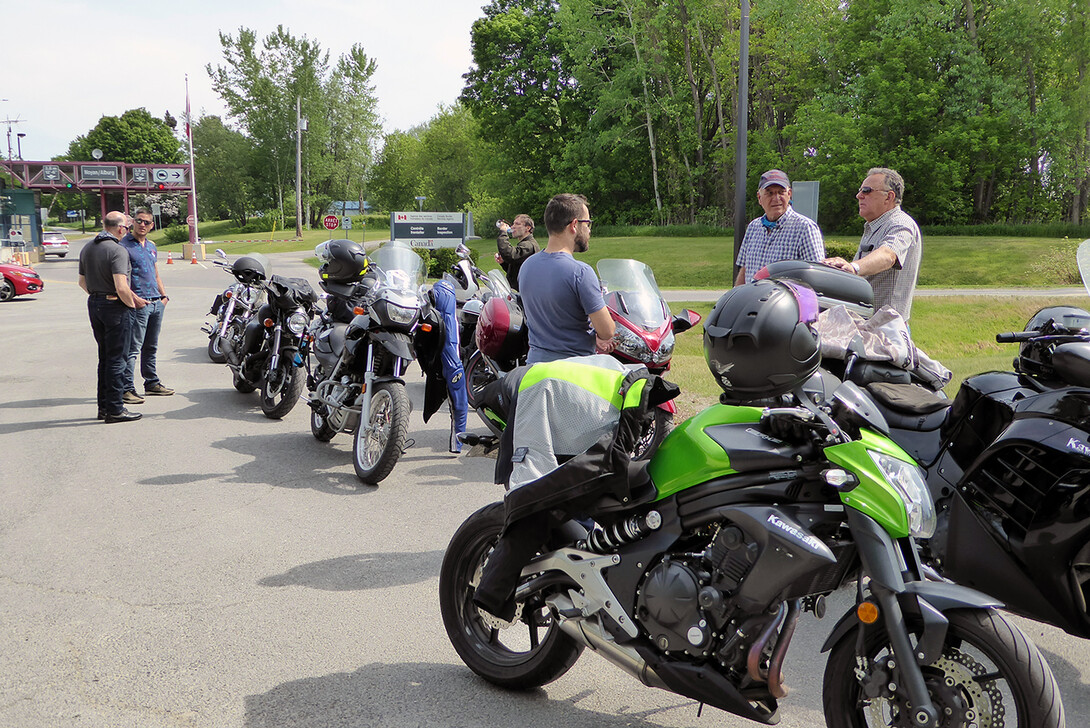
As I write this, it is +7 in late March and the snow is melting! Soon I will get my bike out of storage and be back on the road for another season. It’s time to start planning some rides.
Day rides are fun, but after you’ve done the same route several times you start to crave exploring outside your daily riding range. A multi-day ride will take you into new geography, new experiences, and adventure. But because you are venturing further away from home, the stakes are higher. You and your travel-mates are investing significant time, money, and personal safety in the hope of it paying off in a memorable tour (memorable for the right reasons!). The following are some tips to help ensure your multi-day ride is a success.
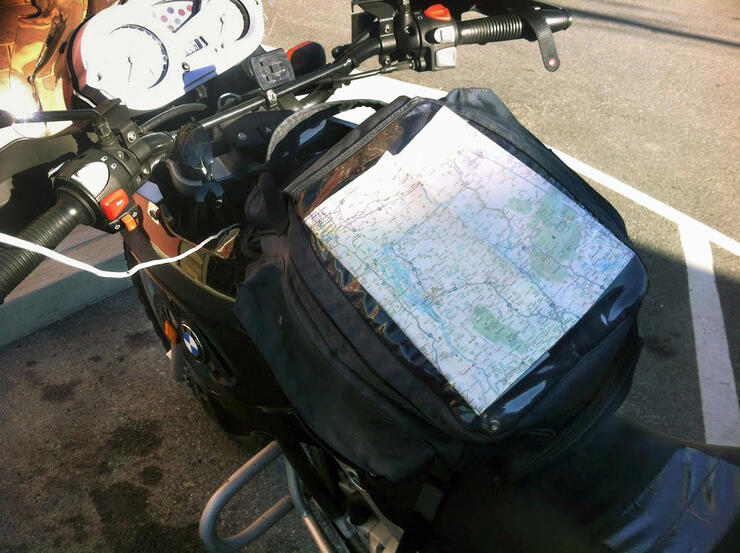
Motorcycle Road Trip Accommodations
The most apparent difference between a single and a multi-day ride is that you need accommodations. Don’t try to wing this one. While it may be possible to find a room last-minute if you are on your own, if you’re with a group you should not leave it to chance. Everyone will be tired after a long day of riding and after a few misses and U-turns, resentment will set in.
You should make reservations well in advance and get your deposits from others early. Many people will indicate an interest in doing a long tour, but when it comes time to pony up the money, you will lose a few and end up holding the bill. It’s also a good idea to be explicit upfront about your cancellation policy. For example, if someone must cancel after a certain date, he or she is still responsible for the costs unless a replacement is found.
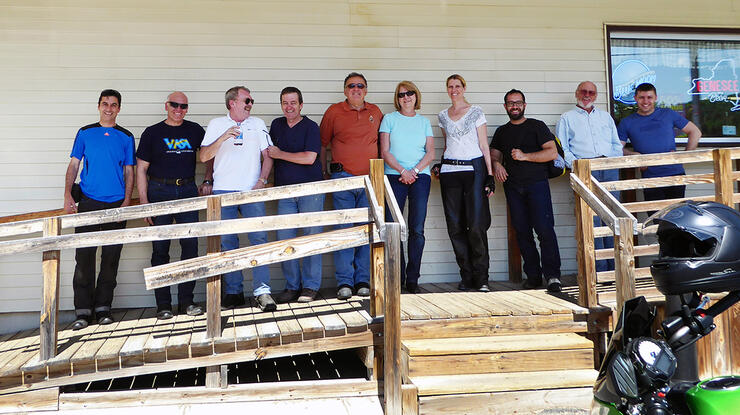
Are you going to stay at hotels or Airbnb? There are pros and cons to both. Chain hotels are reliable and usually have a 24- to 48-hour cancellation policy should a hurricane blow through your planned route (as happened last year with a club ride south of the border) as compared to 14 to 30 days for an Airbnb reservation. Hotels are also often centrally located, so people in your group can enjoy a drink at a nearby bar or restaurant after dinner without having to ride afterward, and they often come with a breakfast included, getting you on the road in the morning quicker by avoiding a stop. Trip Advisor and Google Maps are good tools to help you find restaurants near your hotel.
Click here for 9 spots in Ontario that really know how to treat a road-weary rider
On the other hand, an Airbnb accommodation often has a common area where people can mingle in the evenings in privacy without the noise of a bar or restaurant, and there are usually cooking facilities so you can save a restaurant meal and prepare a lunch for the next day. Obviously, you’ll have to pick up your preferred drink before settling in for the evening.
Click here for a list of restaurants worth planning a trip around
You need to discuss sleeping arrangements in advance, since some people are light sleepers and some snore or have apnea machines. Everyone needs a good night’s rest if he or she is riding all day. You should also discuss if people are willing to mix genders if you are sharing rooms. (A light sleeper may prefer to mix rather than be with a snorer.) And it’s not a bad idea to rotate sleeping arrangements to avoid riders getting on each other’s nerves, especially on longer tours, and spreading the load of a “high maintenance” rider. Rotating also allows everyone the chance to get to know one another. All this needs to be discussed and agreed on before departing so there are no unexpected problems on the road.
Click here for a list of motorcycle-friendly resorts in Ontario
Motorcycle Maintenance on the Road
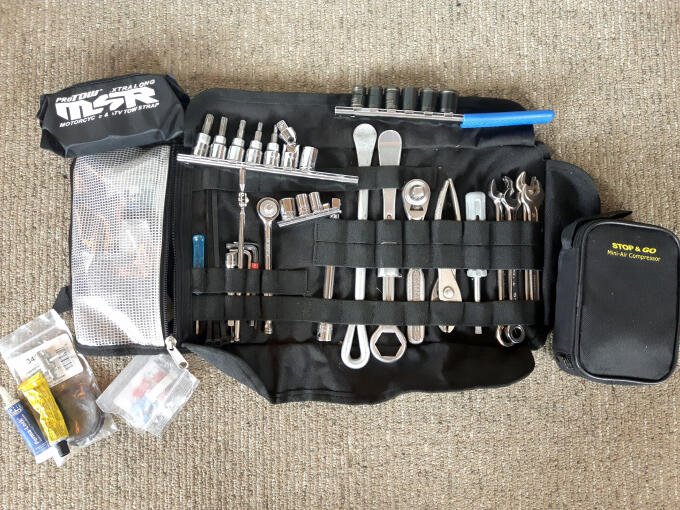
The longer the ride, the greater the chance of a mechanical problem, so everyone on the ride should get a tune-up before and have tires checked. Riders should also carry essential tools and spare fuses, and there should be at least two tire patch kits, a pump, and a tow rope among the group. I’m also a believer in knowing the bugs of your bike and carrying spare parts. My bike, for example, has a weak water pump, and those who have learned the hard way know to carry an extra one when they tour. (I speak from experience.) It’s not a bad idea to research where on your tour you could get service for your bike. As a last resort, CAA can get you out of a fix. Check the range of your membership, though, in regard to your planned trip. For remote regions like Northern Ontario, you will probably need CAA Plus.
Navigation on Your Trip
It is a matter of personal preference whether you use a GPS, phone app, Google Maps, paper map, or some combination of the above, but everyone should know the main waypoints of the day in the morning, in case you get separated. You can then also rotate the duties of leading to take some pressure off the group captain. In some instances, if you have slow riders, rather than push them to keep up with the group, it might be preferable to have them go at their own pace and meet you at the stops. I’d say this is a last resort, but compatibility in riding styles and abilities is an issue in large group rides. Ideally, do some short rides together before heading off on tour to ensure it’s going to work.
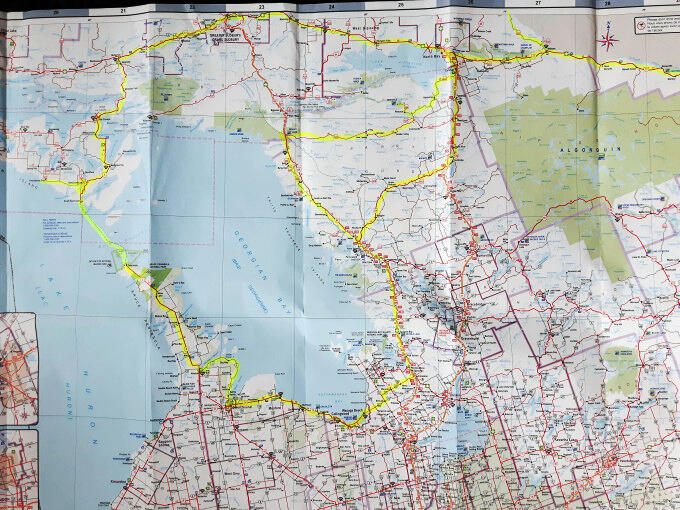
The Go Tour Ontario Interactive Trip Planner is a handy online tool with several pre-planned routes across the province. It shows points of interest, construction, and even where you will and will not have cell reception. If you’re venturing up into Northern Ontario and use Google Maps, check out its offline maps when you're heading into those regions without cell service. You download in advance the map of where you’re going, and your phone can load the data offline. A good old paper map in a tank bag is always a reliable back-up and doesn’t require batteries! You can download or request a map of the Ride the North tours here. And speaking of batteries, take a battery pack with you as back-up for your electronic devices. They are cheap and can save you if, for whatever reason, you’ve been unable to keep essential navigation devices charged.
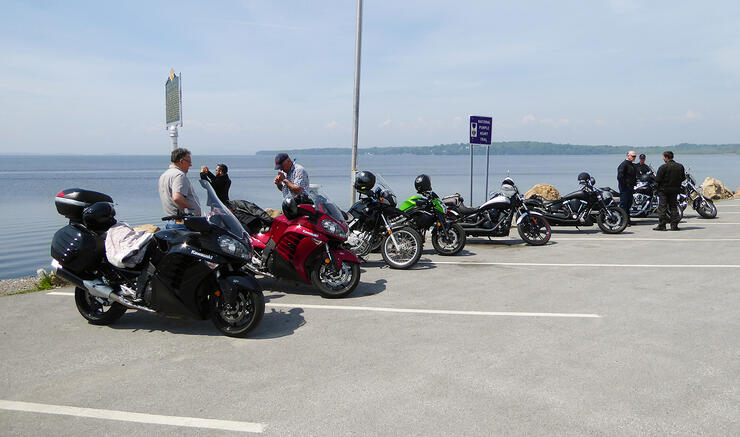
Finally, in terms of planning the ride, allow an hour and a half for lunch, half an hour for gas, and 15-20 minutes for rest stops or sightseeing. If you’re travelling in a group, the distance you can cover in a day is determined by your weakest rider. In my experience, 350 km is about all you can expect in a group. And don’t be in too much of a hurry to get there; often we make the mistake of riding right past beautiful landmarks and sites of interest because we haven’t planned realistically. For the same reason, it’s nice if you can stay two nights in the same place while on tour. It allows a lighter day of riding, the ability to really explore a particular area, and a chance to do some laundry.
Safety on Group Motorcycle Rides
Everyone should be aware in advance of any health issues. Each rider should provide in writing to the group leader a description of his or her issues, from allergies, specific medical requirements in the event of an emergency or the location of an EpiPen, to medical insurance information and emergency contact numbers. You don’t want to be trying to collect this information during a crisis. Also, research ahead of time the locations of hospitals and health clinics on your route, and provide those addresses to everyone on the ride. There should be two first-aid kits with the group at all times. If you are doing any off-road riding in a group, a Spot device or similar satellite messenger will provide peace of mind for when you’re really off the cell grid. No one likes to think about this stuff, but as the saying goes, you can hope for the best, but plan for the worst.
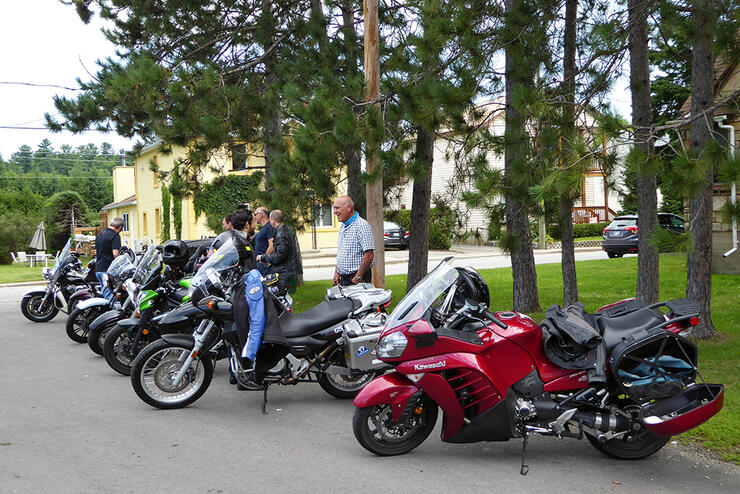
Final Thoughts
Northern Ontario offers some of the most stunning geography in Central Canada. If you are tired of the same old Same Old, consider organizing a group ride up into Canada’s north. While there are extra considerations in planning a group ride, the payoff is that there is security in numbers, so venture out of your comfort zone with the support of your riding buddies. Also, an experience shared is twice as enjoyable, and you will have the opportunity to form some life-long bonds. Spending some extra time planning and discussing your trip before kickstands go up will help ensure your tour is a resounding success.
I’d like to acknowledge the help of Wolf Raaen and Robin Whyte in preparing this article.
Recommended Articles
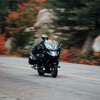
Bucket List Motorcycling in Ontario, Canada 2026
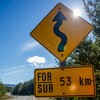
Ontario's Best Twisties: Five Roads to Get Your Lean On
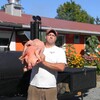
The Big Belly Tour—A Complete List of Ontario's BBQ Joints
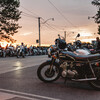
It's Bike Night in Ontario 2024
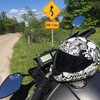
Ontario's Top Twisties
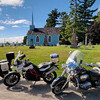
Have You Ridden Canada's OG Highway? Here's Why Every Rider Needs to Hit Up Historic Highway 2
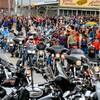
23 Amazing Photos That Prove PD13 Is Still The Best Motorcycle Event Ever
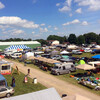
Motorcycle Swap Meets in Ontario—The Complete List for 2025
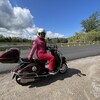
And a Vespa shall lead them all...
